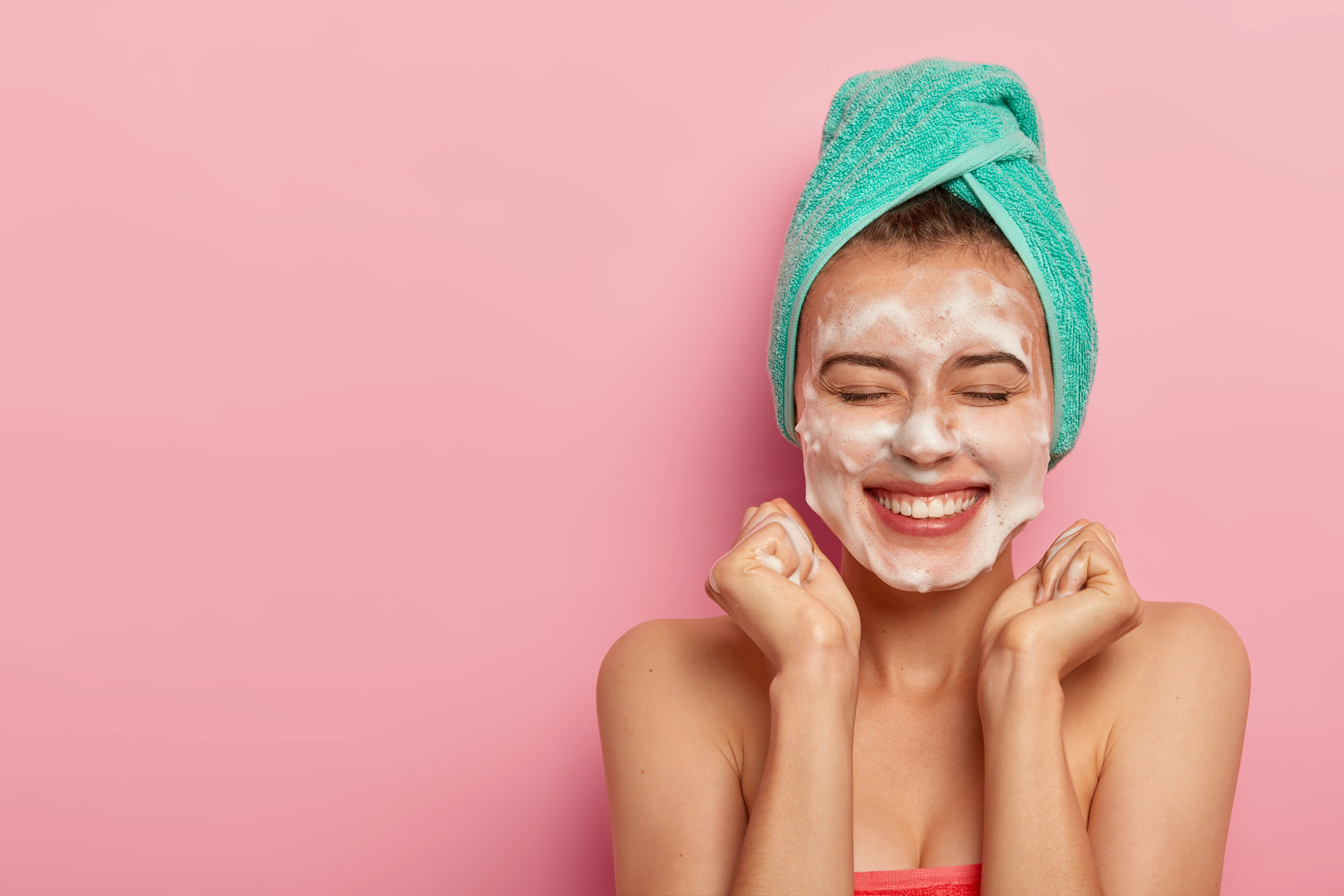It is really important to remove make up before bed to prevent breakouts. Traditional cleansers will not effectively remove heavy makeup and should only be used after a makeup remover has been applied. Read on to learn why makeup removal is so important, what type of makeup remover you should use and, finally, how to use a makeup remover effectively.
The Importance of Thorough Makeup Removal
The addition of a makeup remover to your skincare routine can improve your skin in many ways:
- Prevents Clogged Pores and Break-Outs: Makeup can block pores, leading to skin blemishes and break-outs.
- Facilitates Skin Repair: Removing makeup allows the skin to repair itself overnight.
- Enhances Skincare Effectiveness: Clean skin absorbs skincare products more effectively.
- Maintains Hydration: Proper makeup removal helps preserve the skin’s moisture balance.
- Prevents Irritation: Reduces the risk of skin irritation and infections.
- Supports a Healthy Skin Barrier: Cleansing maintains the skin’s pH balance and strengthens the skin barrier.
- Minimizes Aging Signs: Helps reduce oxidative damage by removing makeup and pollutants.
The Solution
You should select a makeup remover based on your skin type — use hydrating formulas for dry skin, oil-free for oily skin, and gentle options for sensitive skin. The ideal cleanser should leave your skin feeling refreshed, not tight or dry.
There are many different makeup remover types available:
Cleansing Oils
Cleansing Oils are ideal for medium to heavy makeup removal. Most makeup is oil based and oil needs to be dissolved in oil. Cleansing Oils leave a thin oil barrier on the skin which helps maintain moisture. However, some people prefer to remove this residue with a traditional cleanser. We typically recommend following up with a cleanser, toner and moisturiser which you can see in our step-by-step guide below.
Micellar Water
Micellar Water is ideal for light makeup removal. Micellar Water is a water based product which makes lighter to apply with a less oily feel. Micellar Water is not very effective for heavy makeup as most makeup is oil based. Micellar Water can often dry out the skin while applying. When removing heavy makeup it may take a lot of rubbing with cotton pads which can irritate your skin.
Cleansing Balms
Cleansing Balms are a variation on a Cleansing Oil. The main difference is that it has a thicker texture similar to a lip balm. It is as effective as Cleansing Oils, however it may take more time to work it into your skin given the thick texture.
Makeup Wipes
Makeup Wipes are a convenient and easy way to remove makeup. However, they create waste as they are disposable. Makeup Wipes are ideal when you are on the go or travelling. I have personally had mixed results with makeup wipes and tend to prefer Cleansing Oils or Micellar Water.
Your Step-by-Step Guide to Proper Makeup Removal
Cleansing Oils
Cleansing Oils tend to come in pump bottles.
- Pump the cleansing oil twice into your hand.
- Rub your palms together to help emulsify the oil.
- Gently rub the cleansing oil onto your face in soft circular motions which will begin to dissolve the makeup.
- Keep adding cleansing oil as necessary to help dissolve the makeup.
- Rinse the oil/makeup mix off with warm water.
After application we recommend that you follow up with a traditional cleanser, toner (optional) and moisturiser to fully clean and rehydrate your skin.
Micellar Water
- Gently invert the bottle to mix the oil and water.
- Pour a few drops of Micellar Water into a cotton pad.
- Gently rub your face with the wetted cotton pad in soft, circular motions to remove the makeup.
- Add more Micellar Water to the pad as required.
- As the cotton pad becomes dirty, use a fresh cotton pad.
After application we recommend that you follow up with a traditional cleanser, toner (optional) and moisturiser to fully clean and rehydrate your skin.
Recommendation:


0 Comments